Inside Mathmos’ lava lamp factory
On the lava lamp’s 60th anniversary, we take a look at the Mathmos factory where the iconic design still bubbles into life
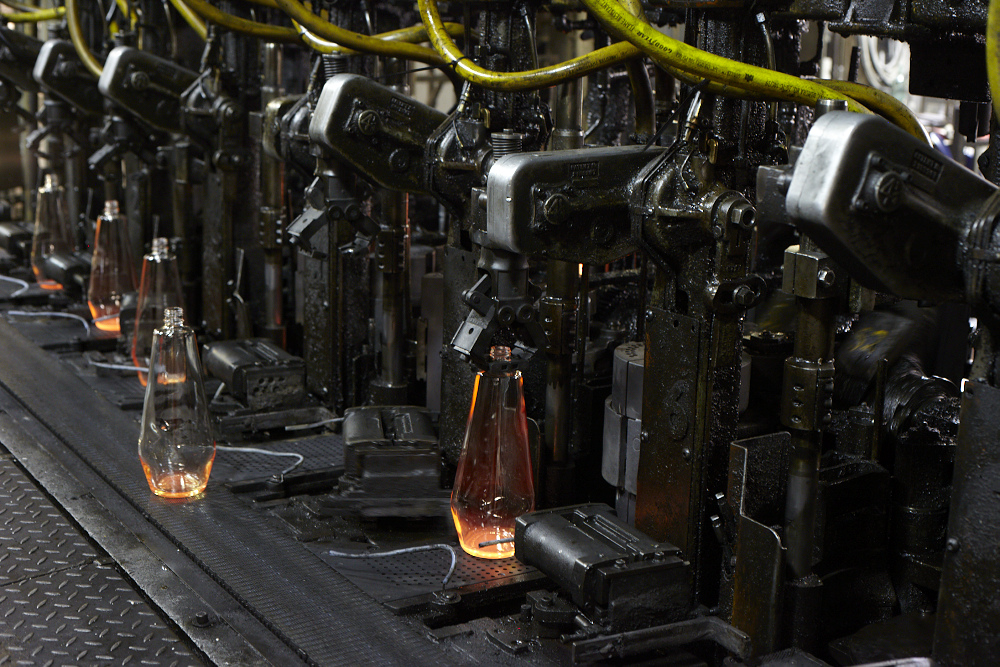
In 2024, Mathmos’ Astro Lava Lamp celebrates its 60th anniversary with a series of creative collaborations that include a lava lamp by Sabine Marcelis that honours the design's original magic with a contemporary, minimalist treatment.
On the occasion of the anniversary, we have a look at Mathmos' lava lamp factory in Poole, UK, to see how the still-mesmerising design is made, and delve into its 60-year history.
Lava lamp: how it’s made
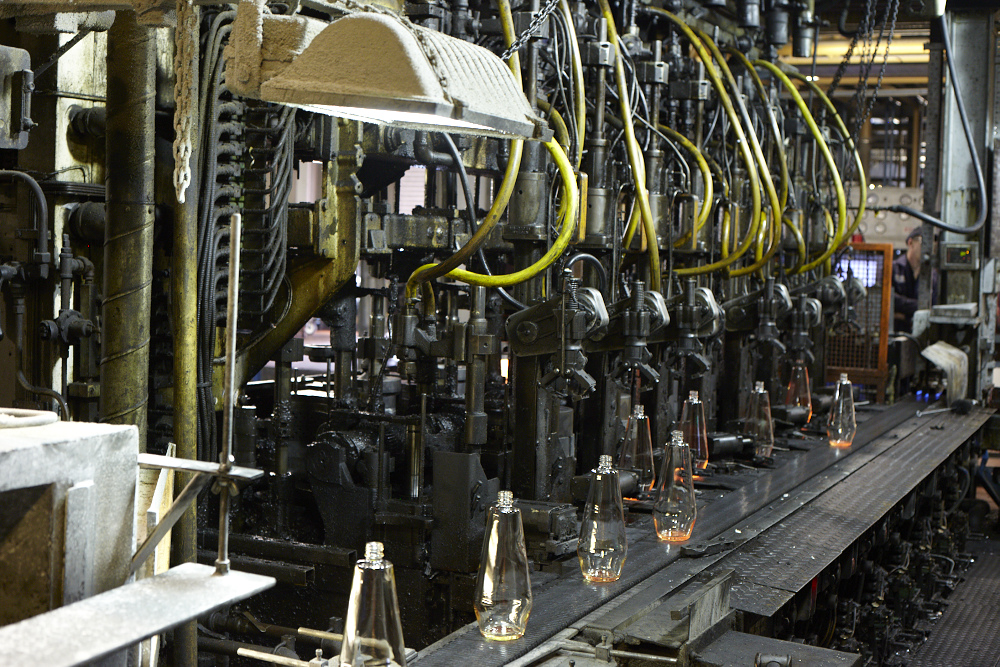
The lava lamp achieves its evocative effect through a simple formula. A food-grade glass bottle is filled with a mix of wax and water in contrasting colours. Still proudly made in Britain, each lava lamp is assembled by hand through a few essential steps.
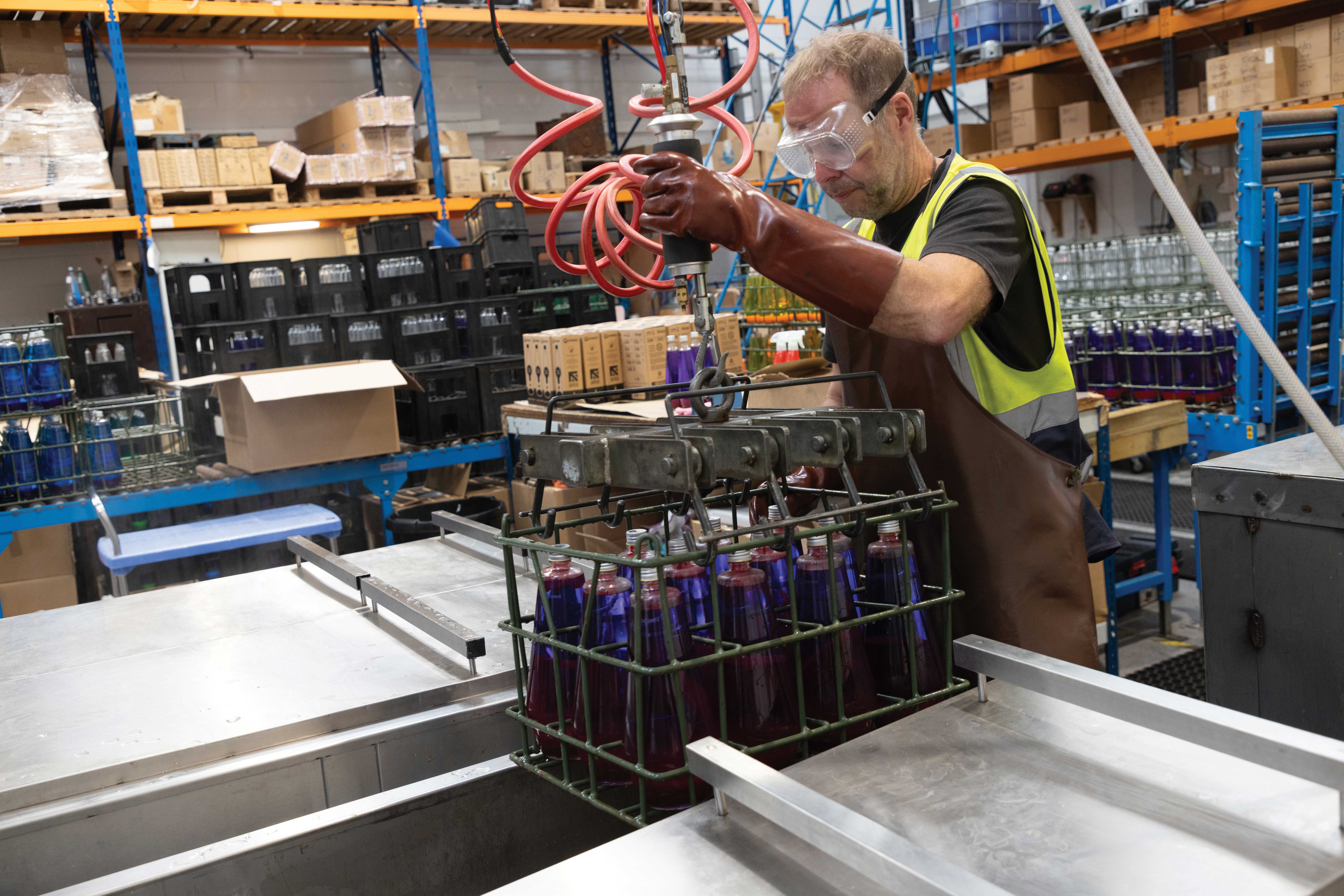
The bottles being injected with the coloured liquid
First, each bottle is checked to ensure it's fit for purpose. Then a spring is inserted into the bottle while it is injected with coloured wax, ensuring the substance collects at the bottom of the bottle. Next, the so-called master fluid is added to the bottle, in the form of coloured water in contrast with the wax. The final step sees the bottles being tanked in hot water, allowing the wax to set.
Lava lamp history: an icon from 1963 to today
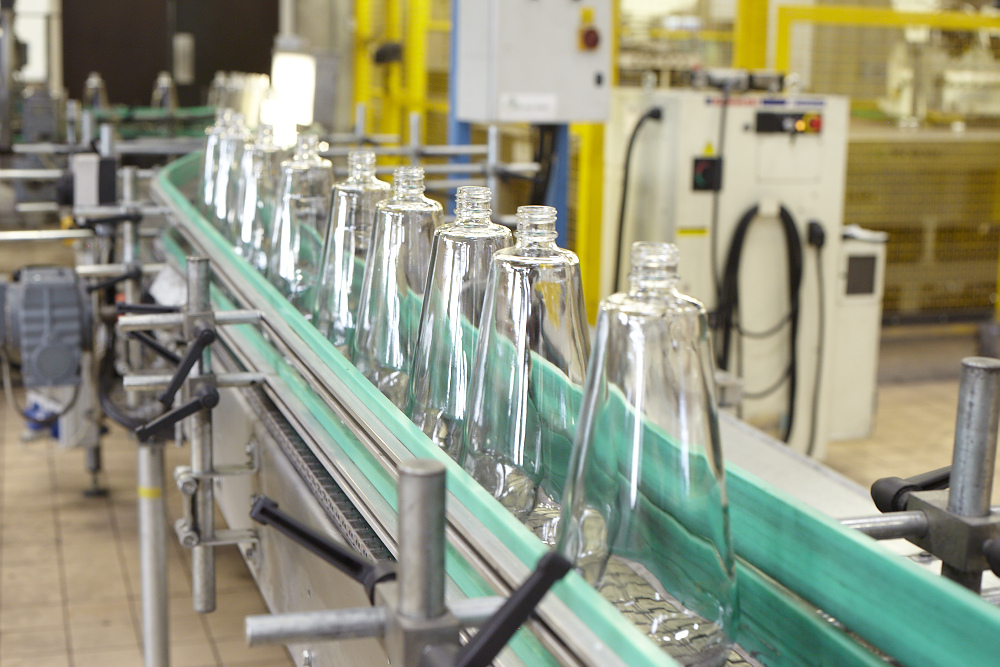
The lava lamp was conceived in 1963 by British inventor Edward Craven Walker, an eccentric entrepreneur who founded Mathmos with his wife and business partner Christine Craven Walker in the same year.
'Edward saw a primitive form of a lava lamp used as an egg timer in The Queens Head pub in the New Forest, near Poole. He was captivated by the movement of the liquids and set out to develop the idea into a workable light,' recalls Christine. After a few tries, Edward was able to replicate the effect and set up a workshop in Poole, filing a patent and marking the beginning of a design legend.
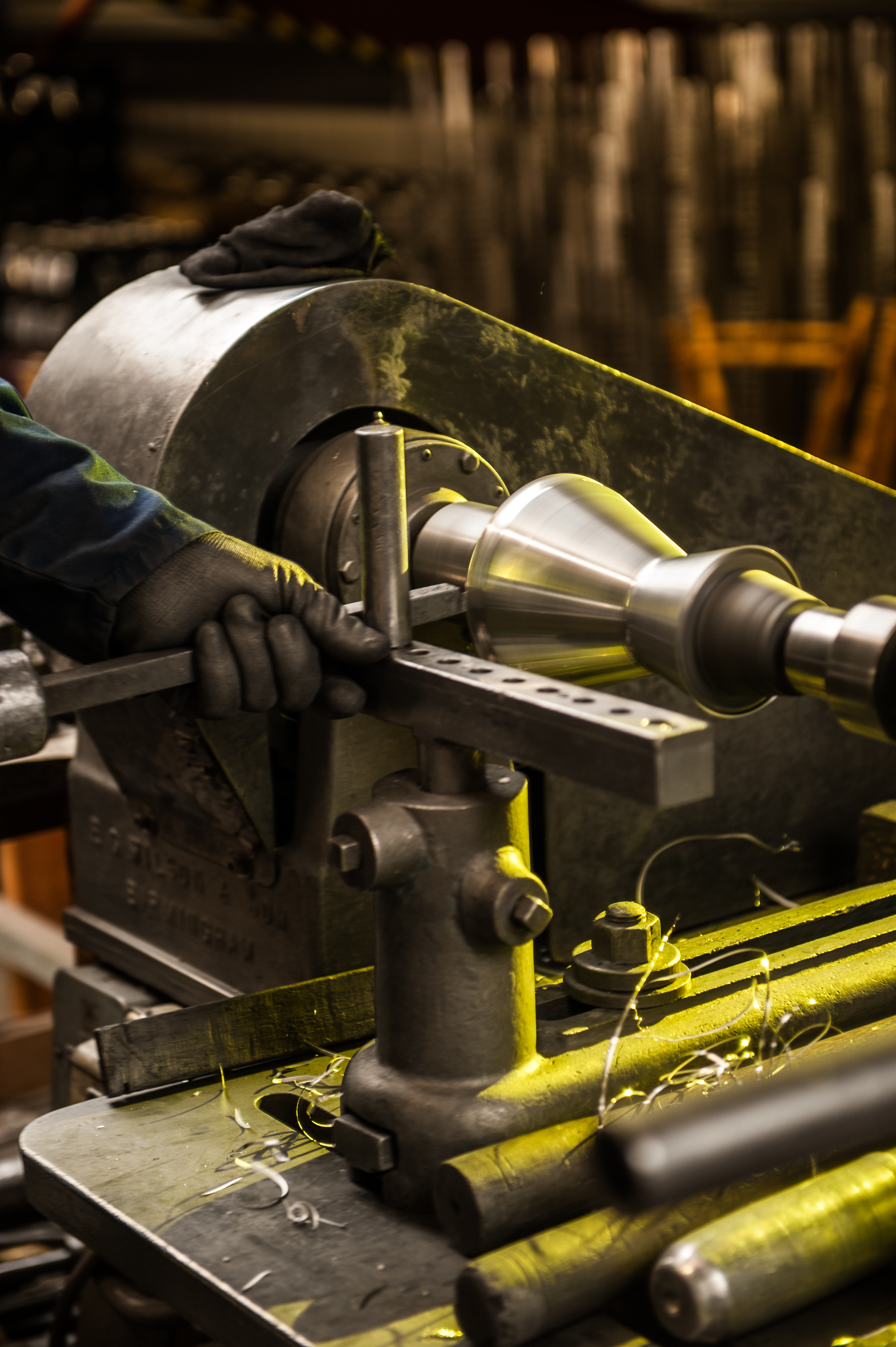
Of the early days of Mathmos, Christine recalls: 'The first Astro lamps manufactured were ruined when moved about by carrier and could only be delivered by our own transport.' The team delivered lamps all over the country, and soon demand grew, forcing the company to further develop the concept so that the inside of the lamp could withstand movement and handling (a process that was largely done in secret).
Wallpaper* Newsletter
Receive our daily digest of inspiration, escapism and design stories from around the world direct to your inbox.
'We spent hundreds of hours finding and getting hold of different chemicals with which to experiment. [Edward] was determined to find a solution and eventually we found the right formulation,' says Christine 'For a period, he would make up part of the formula without telling anybody what it was.'
The lava lamp became a popular culture staple, with early appearances on the set of Dr Who and owners of the lamp including David Bowie, Ringo Starr and Paul McCartney cementing its cult status.
Rosa Bertoli was born in Udine, Italy, and now lives in London. Since 2014, she has been the Design Editor of Wallpaper*, where she oversees design content for the print and online editions, as well as special editorial projects. Through her role at Wallpaper*, she has written extensively about all areas of design. Rosa has been speaker and moderator for various design talks and conferences including London Craft Week, Maison & Objet, The Italian Cultural Institute (London), Clippings, Zaha Hadid Design, Kartell and Frieze Art Fair. Rosa has been on judging panels for the Chart Architecture Award, the Dutch Design Awards and the DesignGuild Marks. She has written for numerous English and Italian language publications, and worked as a content and communication consultant for fashion and design brands.
-
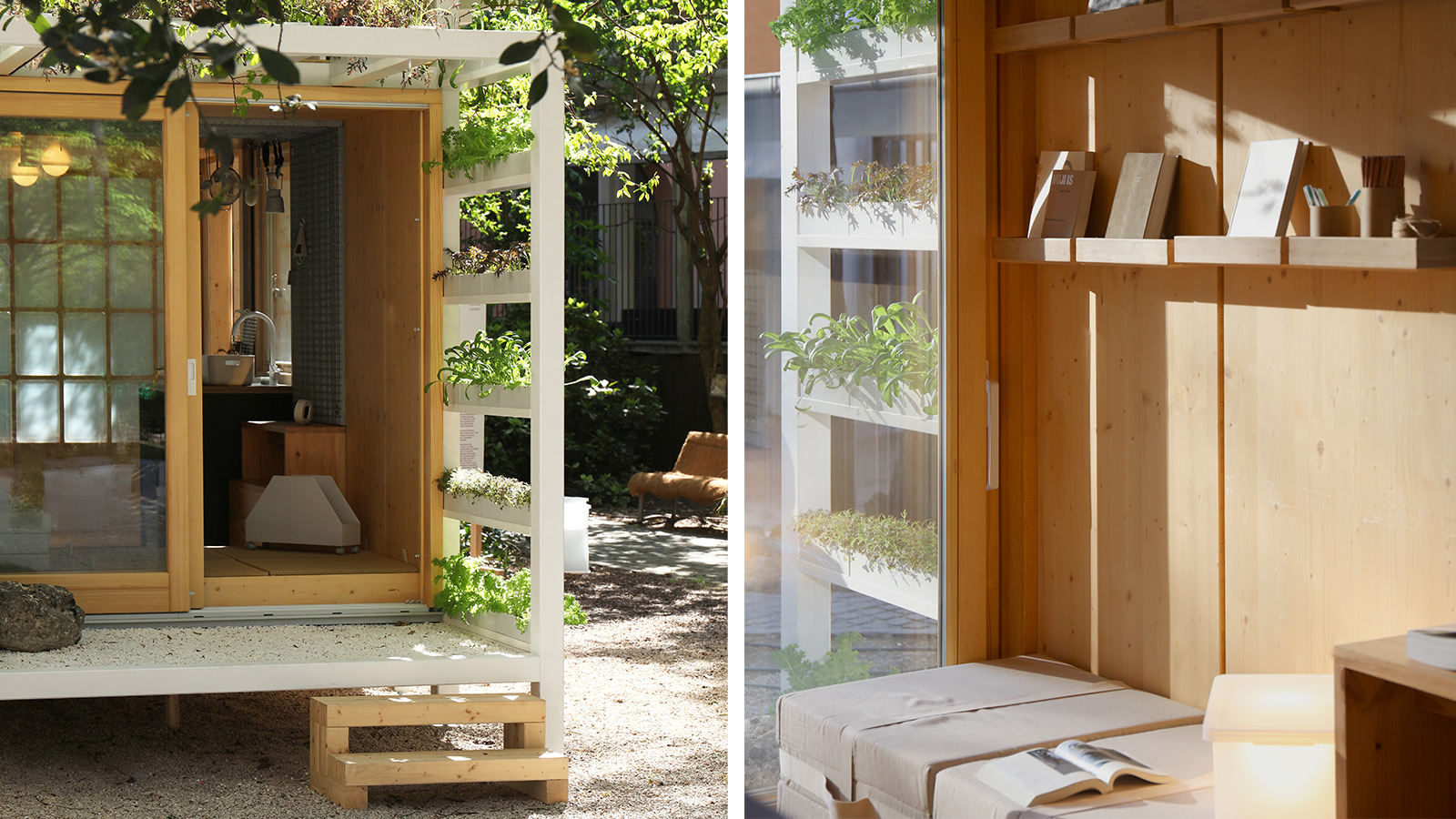 Japan in Milan! See the highlights of Japanese design at Milan Design Week 2025
Japan in Milan! See the highlights of Japanese design at Milan Design Week 2025At Milan Design Week 2025 Japanese craftsmanship was a front runner with an array of projects in the spotlight. Here are some of our highlights
By Danielle Demetriou
-
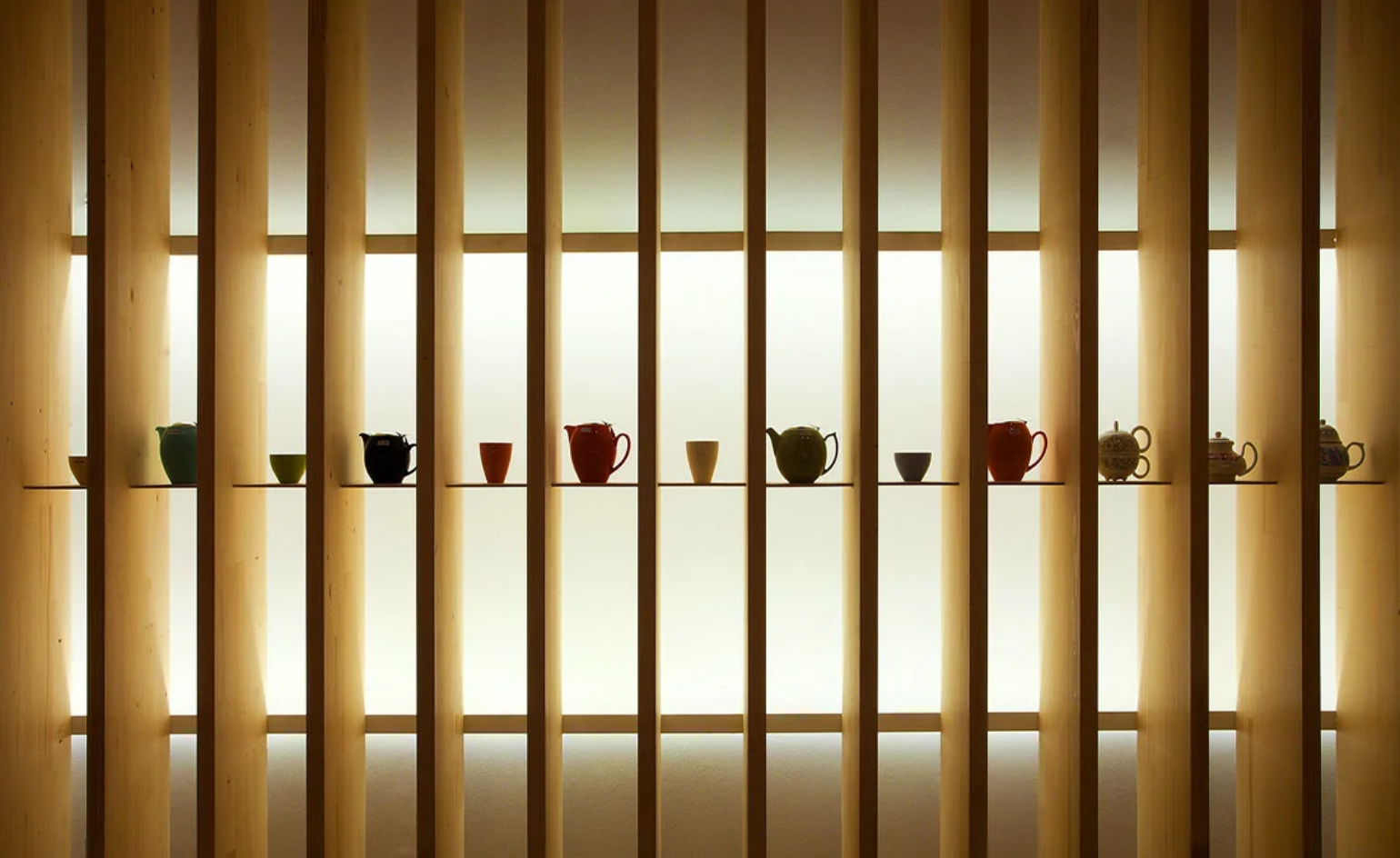 Tour the best contemporary tea houses around the world
Tour the best contemporary tea houses around the worldCelebrate the world’s most unique tea houses, from Melbourne to Stockholm, with a new book by Wallpaper’s Léa Teuscher
By Léa Teuscher
-
 ‘Humour is foundational’: artist Ella Kruglyanskaya on painting as a ‘highly questionable’ pursuit
‘Humour is foundational’: artist Ella Kruglyanskaya on painting as a ‘highly questionable’ pursuitElla Kruglyanskaya’s exhibition, ‘Shadows’ at Thomas Dane Gallery, is the first in a series of three this year, with openings in Basel and New York to follow
By Hannah Silver